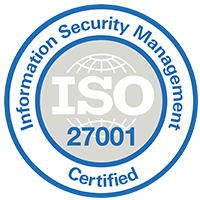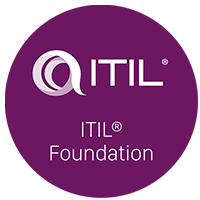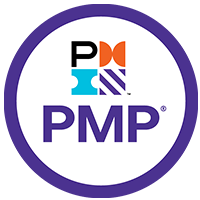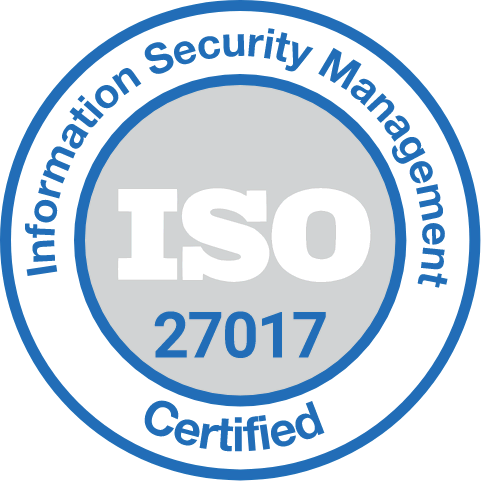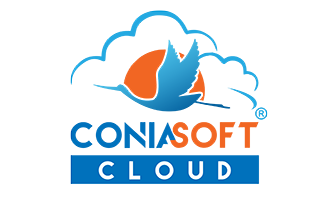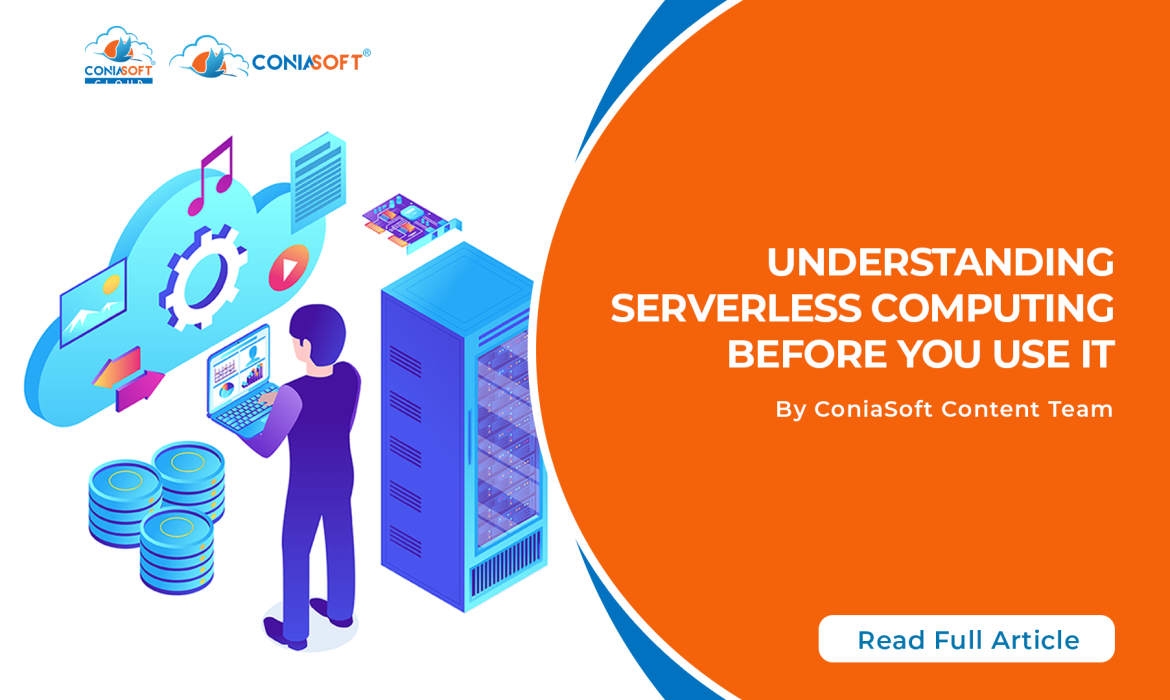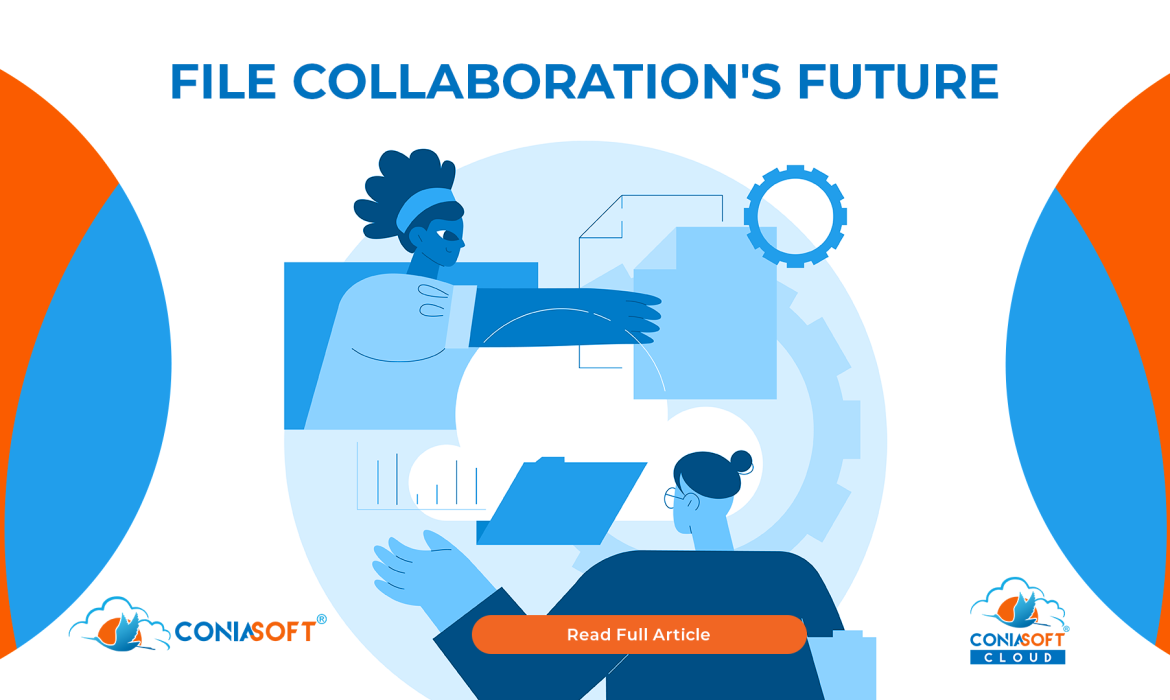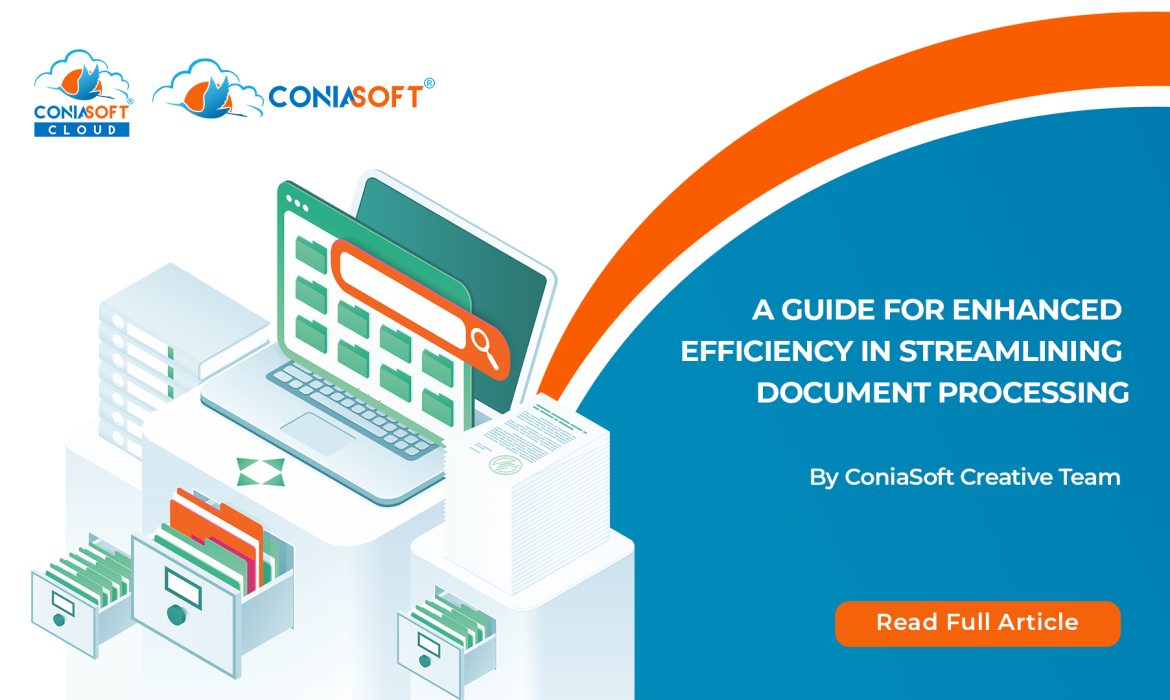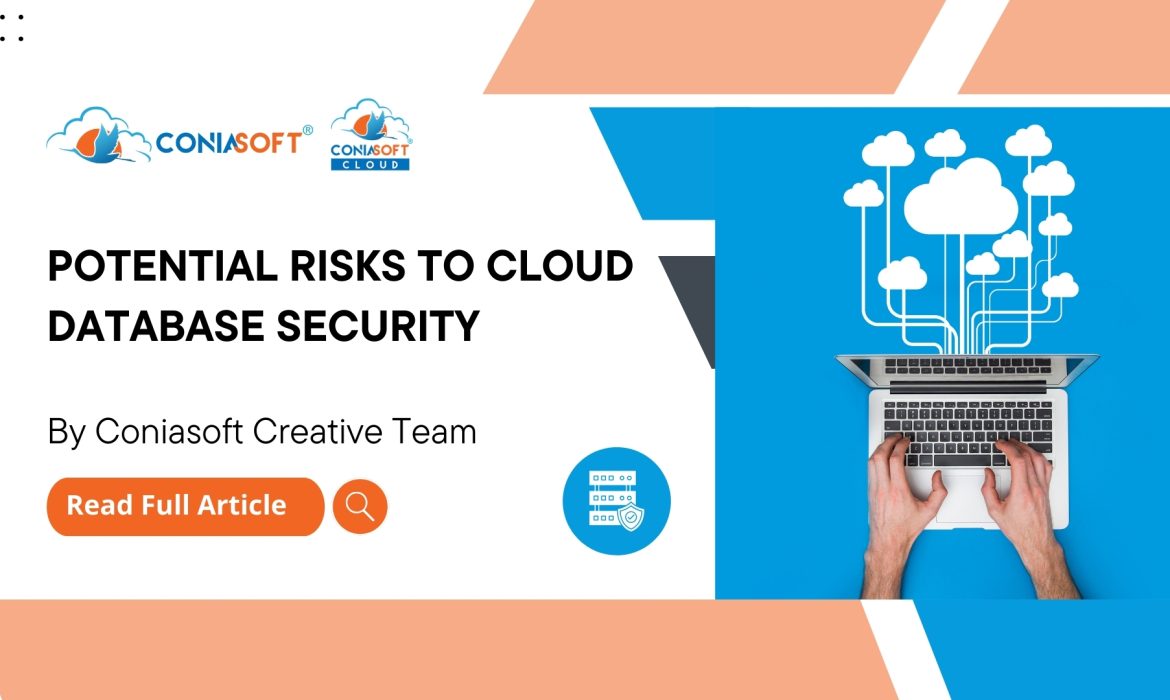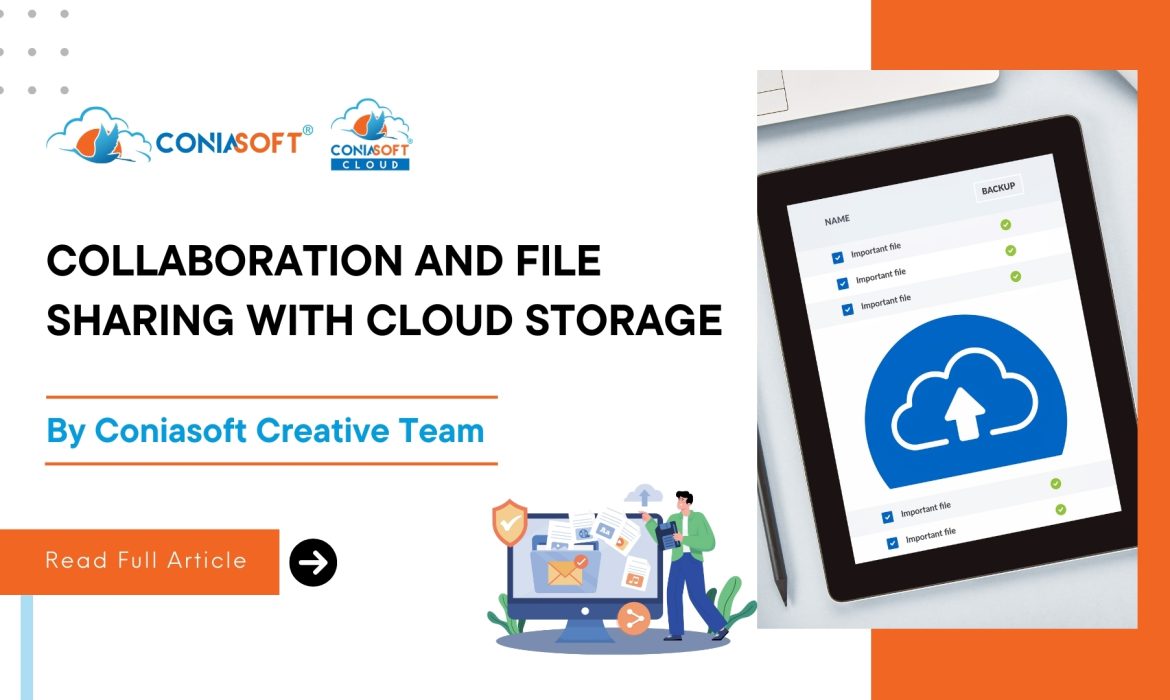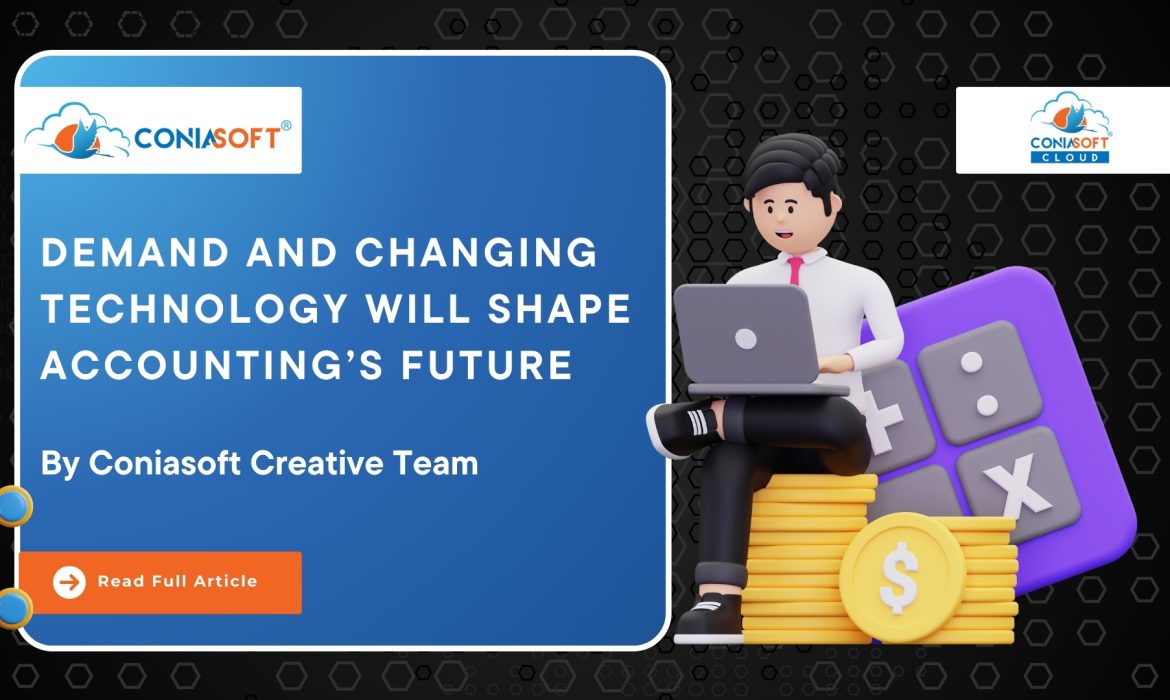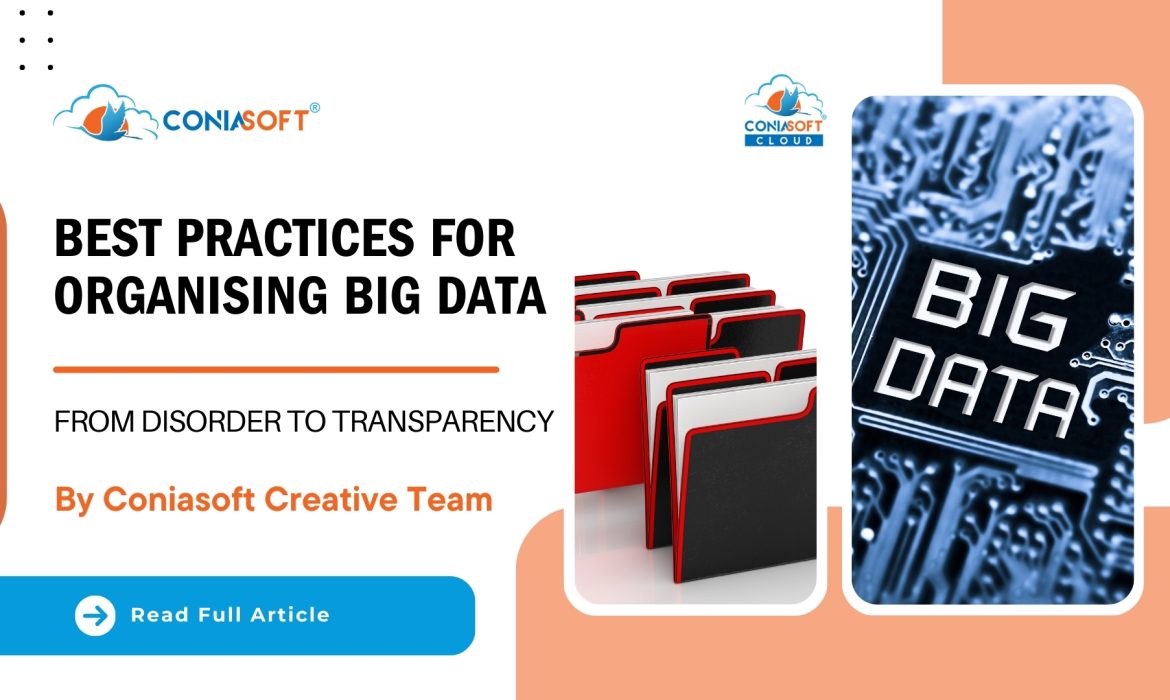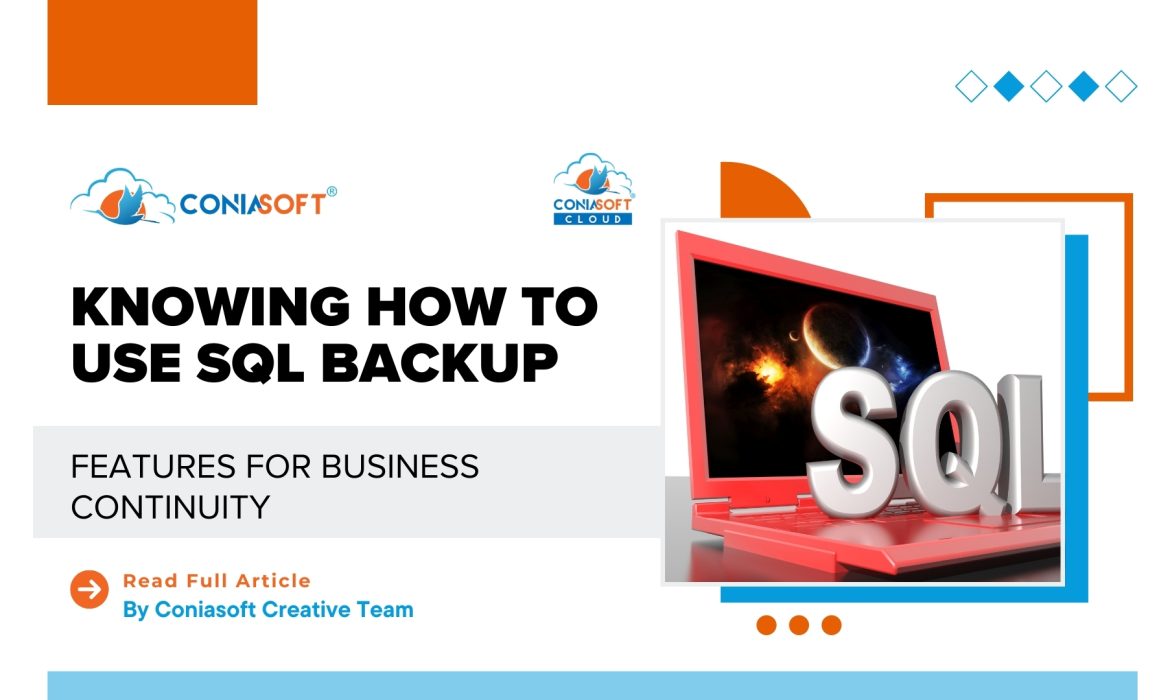UNDERSTANDING SERVERLESS COMPUTING BEFORE YOU USE IT
I have little doubt that many of you have heard of and perhaps even used serverless computing in your projects. In this blog article, I’ll discuss ideas on serverless computing, including what it is, what you should know before utilising it, and applications for it.
FILE COLLABORATION’S FUTURE
The demand for collaboration in the linked world of today is stronger than ever. Businesses that can collaborate well are more productive, more creative, and better able to face the problems of the contemporary business world. However, to accomplish this, businesses want a suitable file storage solution that comes with essential tools that make collaboration easier. Global-scale file caching technologies that can handle today’s IT and business difficulties must be included in a modern file storage system that provides an excellent collaborative experience.
A GUIDE FOR ENHANCED EFFICIENCY IN STREAMLINING DOCUMENT PROCESSING
Effective document processing is crucial for smooth operations within all organisations in the fast-paced world of modern technology. Finding the right method for processing documents is essential, whether you’re a system end-user looking to maximise efficiency or an IT administrator charged with streamlining workflows. To find out the finest methods for accelerating productivity and optimising document processing operations, keep reading.
POTENTIAL RISKS TO CLOUD DATABASE SECURITY
Technology is essential to improving guest experiences and streamlining hotel operations, which are undergoing spectacular digital change. Hotels are empowered by mobile applications to offer individualised services, enhance communication, and simplify numerous procedures. This blog post will examine how the emergence of mobile applications has transformed the hospitality sector, visitor experiences, and operational effectiveness.
THE IMPACT OF APP DEVELOPMENT ON HOTEL DIGITAL TRANSFORMATION: HOW THE HOSPITALITY SECTOR IS BEING REVOLUTIONISED
Technology is essential to improving guest experiences and streamlining hotel operations, which are undergoing spectacular digital change. Hotels are empowered by mobile applications to offer individualised services, enhance communication, and simplify numerous procedures. This blog post will examine how the emergence of mobile applications has transformed the hospitality sector, visitor experiences, and operational effectiveness.
COLLABORATION AND FILE SHARING WITH CLOUD STORAGE
Teamwork is the foundation of every organisation. The efficiency of file sharing, teamwork, and communication is essential to the success of all workplace operations. In the past, file sharing and collaboration were frequently time-consuming and expensive. However, sharing files and working together has always been more complex, thanks to recent technological breakthroughs. Today, all it takes is a few clicks to complete tasks. There is no need to waste paper printing out the documentation or to sit about and wait for the courier to deliver your packages for several hours or even days. The reality is that workplace procedures have entirely changed due to technology like cloud storage and virtual desktop infrastructure (VDI). We’ll be looking at some of these in this blog post.
DEMAND AND CHANGING TECHNOLOGY WILL SHAPE ACCOUNTING’S FUTURE
The development of technology is hastening the transformation of the accounting sector. For instance, a Forbes article states, “Automation, minibots, machine learning, and adaptive intelligence are becoming part of the finance team at lightning speed” at consulting giant Accenture.
Although intelligent technology can appear novel, many businesses currently employ simple automated accounting procedures. According to Forbes, accounting duties and processes like supplier onboarding, accounts payable, audits, procurement, purchasing, expenditure management, closure processing, and customer inquiries can be automated or made more efficient.
BEST PRACTICES FOR ORGANISING BIG DATA – FROM DISORDER TO TRANSPARENCY
We are, without a doubt, in the big data era. Additionally, organising the data we produce gets increasingly difficult as it increases rapidly. Poor data organisation makes tracking, managing, and handling data difficult, especially if stored in the cloud.
To prevent things from getting out of hand, I’m providing six techniques you may use to organise massive data on the cloud effectively. You can think about data organisation from various perspectives, such as within a bucket, at the bucket level, etc. Let’s focus on effectively organising data on ConiaCloud Storage in this article.
UNDERSTANDING COMPLIANCE CHALLENGES AND HOW WORKFORCE MANAGEMENT SOFTWARE CAN ENSURE LEGAL AND REGULATORY COMPLIANCE
The corporate environment of today is dynamic and complex. Organisations must manage a wide array of regulatory problems to ensure stable growth. Compliance standards are changing, especially regarding workforce management, from governmental rules to industry-specific mandates. A workforce management platform may make all the difference in ensuring that businesses remain compliant with legal and regulatory frameworks while maximising operational efficiency.
KNOWING HOW TO USE SQL BACKUP FEATURES FOR BUSINESS CONTINUITY
Data is the foundation of any successful business in the fast-paced digital world. Security is paramount for companies that use SQL databases to store and manage vital information. Regular SQL database backups are one of the best ways to guarantee data integrity and company continuity.
SQL database backup is essential for businesses since it offers a safe and dependable backup option for data loss or corruption. Automating the backup process guarantees protection against data loss, business continuity, compliance requirements, and time savings. This eliminates the need for manual backups. SQL backup is crucial for businesses because a hardware malfunction, software corruption, or a human mistake can cause data loss. Furthermore, it ensures a safe and dependable backup solution while assisting in meeting legal standards for data retention.


